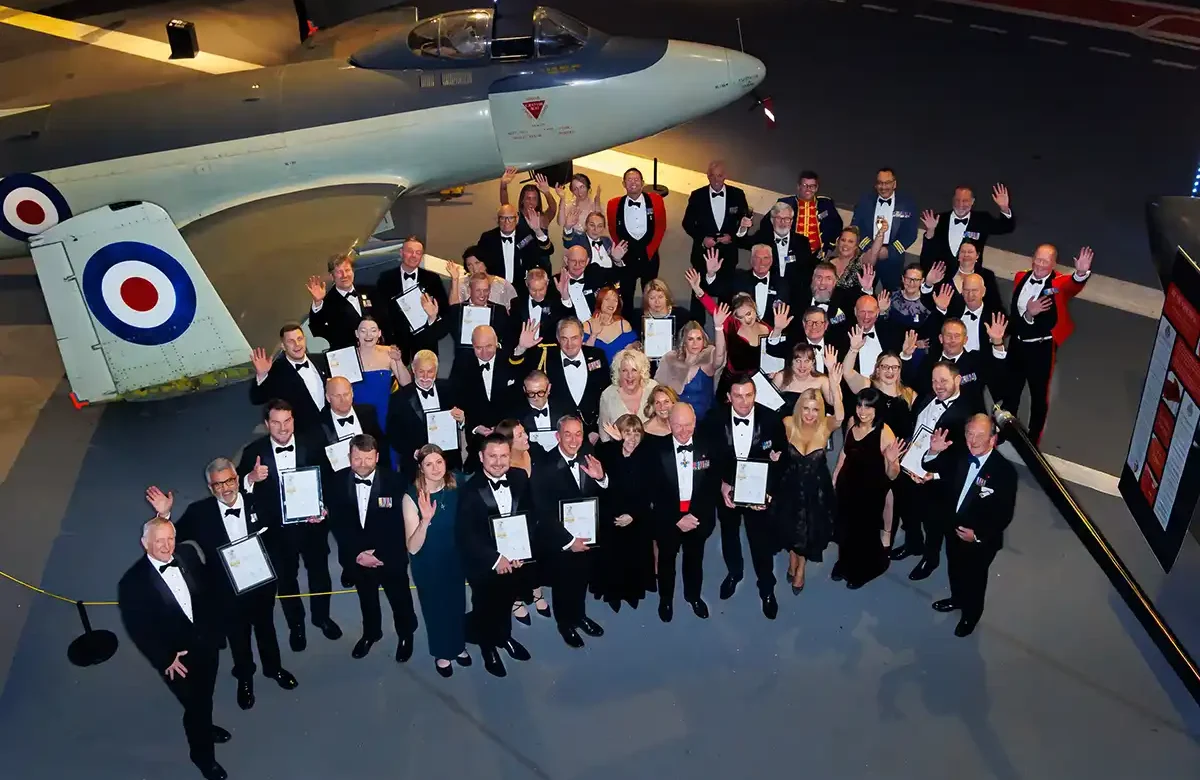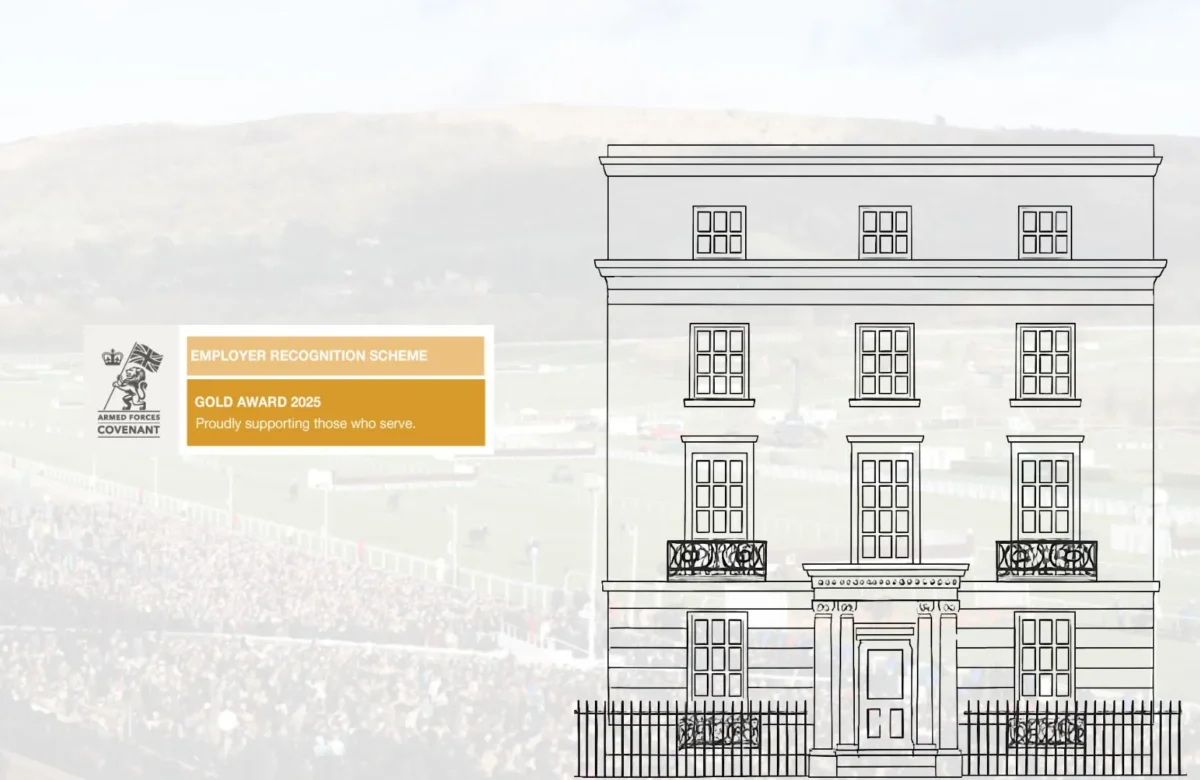
Public relations continues to play a crucial role in shaping reputations, engaging stakeholders, and aligning organisations with evolving societal expectations. As we move through 2025, the PR landscape has transformed significantly — driven by emerging technologies, rising demand for authenticity, and a more integrated approach across communications channels.
AI‑Driven PR: Integration, Not Replacement
Artificial intelligence is now fully embedded into PR workflows — supporting everything from media monitoring and sentiment analysis to content drafting and campaign planning. Yet, human creativity, emotional intelligence, and strategic thinking remain irreplaceable. AI is a tool, not a solution — and the best results come from blending machine efficiency with human insight.
Predictive Analytics for Proactive Strategy
Today’s PR professionals harness predictive analytics to anticipate public sentiment, spot early signs of reputational risk, and make informed decisions ahead of time. This data-led approach empowers teams to react faster, plan smarter, and measure the real impact of their work.
Immersive and Multimedia Storytelling
Written content alone no longer cuts through. Audiences respond to dynamic formats — including video, podcasts, interactive media, and even virtual experiences. The most successful campaigns of 2025 are those that build emotionally engaging, multi-platform narratives tailored to each audience segment.
Real-Time, Integrated Communication
Gone are the days of siloed departments. Public relations, content marketing, social media, and customer service now operate in unison to tell cohesive stories and reinforce brand values. This joined-up approach ensures consistency, responsiveness, and stronger brand visibility across earned, owned, and shared media.

Crisis Management in the Age of Misinformation
In an era where deepfakes, disinformation, and viral controversies can erupt overnight, crisis comms must be faster and more transparent than ever. Real-time social listening, pre-approved response protocols, and clear internal coordination are vital to maintaining public trust.
Purpose-Led and ESG-Focused Messaging
In 2025, brand values matter. Audiences — especially Gen Z and younger millennials — expect businesses to act with purpose, not just profit. ESG (Environmental, Social, and Governance) issues should be embedded into communications strategies, not treated as bolt-ons. Transparency, accountability, and genuine community engagement are key.
Measuring What Matters
Outdated metrics such as AVEs (Advertising Value Equivalents) are long gone. Instead, PR teams now focus on tangible outcomes: audience sentiment, engagement levels, reputation uplift, and alignment with broader business goals. The Barcelona Principles 3.0 remain a strong framework for transparent, effective evaluation.
Executive Visibility and Thought Leadership
Company leaders are expected to take centre stage in 2025. Whether through expert commentary, LinkedIn thought pieces, or media interviews, a strong executive voice adds credibility and personality to brand communications. PR teams are helping senior figures become authentic, visible ambassadors.
Diversity, Equity and Inclusion in Messaging
DEI is no longer a box to tick — it’s central to how modern audiences assess credibility. Communications strategies must reflect inclusive values, amplify underrepresented voices, and align with real, lived organisational culture. Anything less risks coming across as superficial or disingenuous.
Evolving Skillsets for a New PR Era
PR professionals are diversifying their skills to stay relevant. From AI literacy and prompt writing to understanding SEO, data analytics, and investor relations, the modern comms expert wears many hats. Those who can think strategically, communicate creatively, and use tech tools effectively will lead the way.






